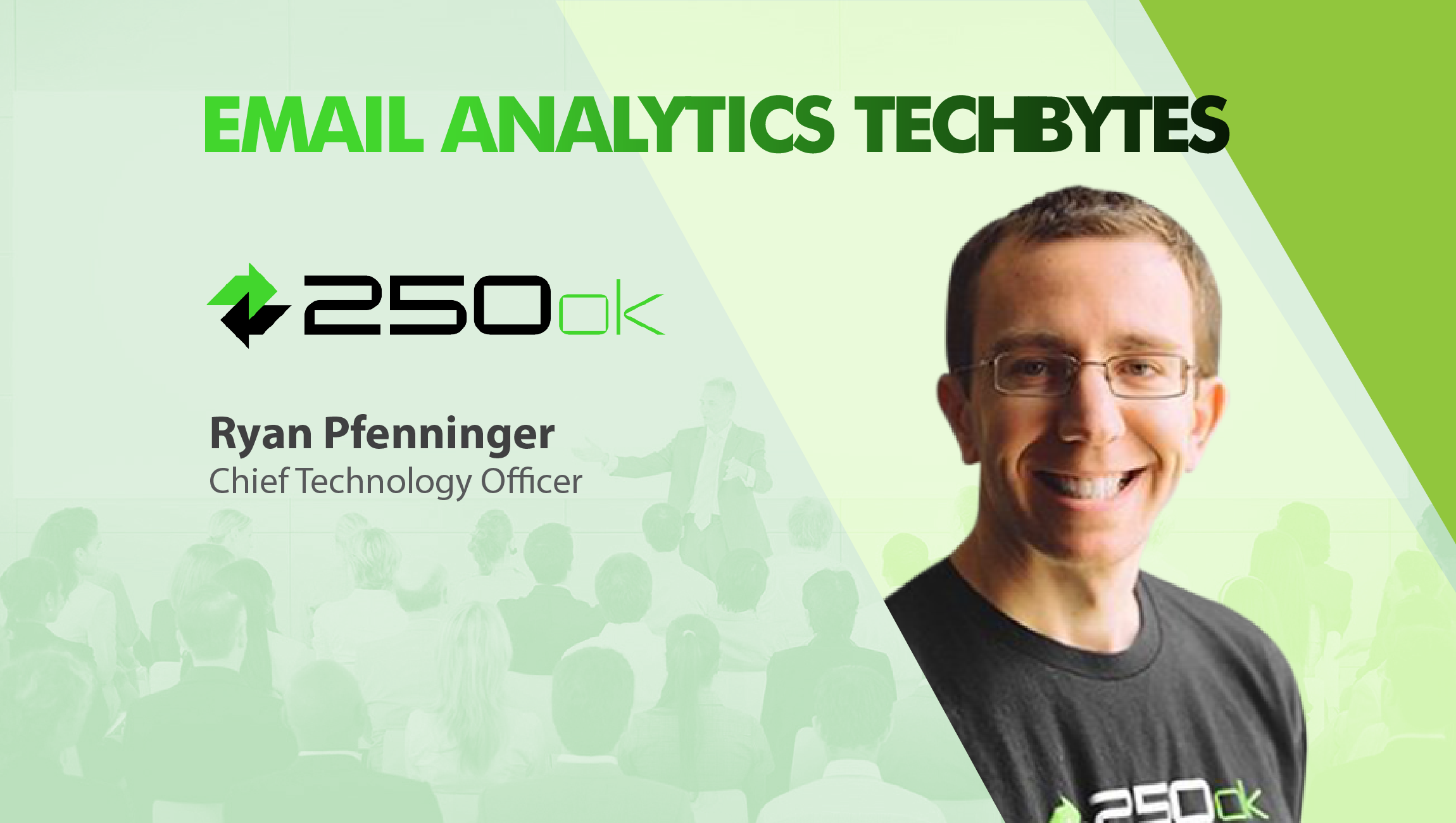On Marketing Technology
MTS: Tell us about your role and how you got here. (What inspired you to join a technology innovation company?)
I am the VP of marketing here at Seismic, where I focus on developing and executing a marketing strategy for generating high quality leads for sales and raising brand awareness. I joined the team back in 2013 as Seismic’s first marketing hire. I am quite entrepreneurial and was inspired by what the leadership team was able to accomplish with the product how much of an impact it had on customers. When they decided that it was time to pour some fire on their marketing efforts, I immediately threw my hat into the ring.
MTS: Given the changing dynamic of engagement with B2B customers, how do you see the automation and analytics market evolving by 2020?
Artificial intelligence is already impacting B2B buying and selling, and I believe it will become increasingly essential in the next couple years, assisting in everything from lead generation to sales acceleration by quickly analyzing data to uncover brand new insights that will help all sellers and marketers. Customers and prospective customers are increasingly inundated and overwhelmed with the abundance of information out there. Artificial intelligence and analytics are going to help sellers find the best ways to accompany and educate customers throughout the buying cycle.
MTS: How should CMOs leverage content management platforms for smarter engagement and acquisition along the entire customer journey?
The most important aspect of content management is that the various repositories are integrated and that there is a centralized process in place to ensure that content creators and marketers know what content is being used and when. If there is no centralization and integration, then you start to see content sprawl, where there are a host of different repositories in which old, unbranded, and potentially non-compliant versions of content still exist and are available for employees to use at their whim. This is, obviously, a nightmare for CMOs who have invested so much in the maintenance and upkeep of their brand.
Ideally, this is solved by condensing all content into one central management system, making oversight, management, and content upkeep exponentially easier. But particularly at large enterprises with a host of different teams and behaviors, I realize that this is a challenging endeavor. However, if you’re able to integrate them and centralize content management into an overarching platform, then you can see which content is being used when and by whom, which content is effective for whatever purpose it is supposed to serve, and, just as importantly, which content should be retired.
MTS: To what extent can predictive intelligence capabilities simplify content creation and sharing for sales enablement? Do you think content can actually adapt and personalize itself as per the sales requirements?
Predictive content takes the searching and guesswork out of the hands of sales in terms of what they should send to prospective customers and when. This means that they can spend more time actually developing relationships with prospects and learning about their needs, and less time trying to figure out what to send them. Forrester found that reps spend an average of 30 hours per month searching for and creating content. When given that time back, they gain almost a week of additional productivity every month.
Our LiveDocs technology automatically begins the content personalization process for sales reps that use it. It does this by pulling in information from a virtually unlimited number of sources, from CRMs to content repositories to third-party data sets. It essentially provides the right building blocks to the sales rep, and then they can assemble the final product as they see fit based on their interactions with the prospect.
MTS: What’s the biggest challenge that CMOs need to tackle to make their predictive decisions work effectively?
Having an integrated set of technologies that align with the entire customer journey is a worthwhile undertaking for any CMO, but particularly those at large enterprises. By having that interconnecting data set, they can learn exactly what works and what doesn’t for every demographic or persona at every stage of the buyer’s journey. When you have the full picture of the customer from first touch to close in terms of what’s working, then you can more accurately predict what will happen with similar future prospective customers in the future. And the beauty of it is that the resulting insights become even more powerful as it continues to accrue and analyze more data.
Without an integrated tech stack, this is simply impossible. To achieve it requires a lot of time focused on vetting and analyzing the right technologies for your company’s particular goals, which can be time-consuming, but absolutely worth it in the end.
MTS: What startups are you watching/keen on right now?
I’m following some local fast-growing startups like Toast and Drift here in Boston, partly out of curiosity as the spaces develop but also because I have friends there that I am rooting for! I’m also keeping an eye on AI companies like Chorus.ai to see how their platforms and business models develop.
MTS: What tools does your marketing stack consist of in 2017?
We use a marketing automation solution (Hubspot), project management (Asana), marketing and sales enablement (Seismic), WordPress and ZoomInfo. We host our videos on Vimeo. We also use Drift for our website chatbot.
MTS: How do you prepare for an Artificial Intelligence-centric world as a marketing leader?
My strong belief is that artificial intelligence is going to be an incredible boon in this new era of marketing we’re entering. Ultimately, it has become marketers’ goal to ensure that every interaction with a customer or prospective customer is thoughtful and truly personal. And this needs to happen regardless of whether it is a sales rep speaking with them, or a chatbot. AI is going to be a huge help in this regard, taking away manual processes and uncovering insights that will help us all be more thoughtful when it comes to engaging with prospects.
This Is How I Work
MTS: One word that best describes how you work.
Energetic
MTS: What apps/software/tools can’t you live without?
I use my Calm app daily for meditation—it’s my favorite app. I can’t live without my email.
MTS: What’s your smartest work related shortcut or productivity hack?
I get all of my “personal reading” out of the way in the morning so that I’m not distracted by news/info that I want to know throughout the day.
MTS: What are you currently reading? (What do you read, and how do you consume information?)
I just finished reading Sapiens—one of the most educating books I have read in years.
MTS: What’s the best advice you’ve ever — your secret sauce?
Make your boss look good.
MTS: Tag the one person in the industry whose answers to these questions you would love to read:
Jeff Bezos.
MTS: Thank you Daniel! That was fun and hope to see you back on MarTech Series soon.
I am the VP of Marketing of Seismic. My specialties: B2B enterprise SaaS go-to-market strategy, customer-to-product feedback, demand generation, PR, analyst relations, digital strategy (including SEO, PPC and influencer relations), content marketing, competitive analysis, operational improvements, ABM, employee recruiting, training and development, public speaking, brand evangelizing, energizing, GSD, institutional fundraising.

Seismic is the leading global marketing and sales enablement solution, improving close rates and delivering larger deals for sales while increasing marketing’s impact on the bottom line. Large enterprises use Seismic to increase sales productivity through the automatic distribution of relevant information and personalized content to reps for any buyer interaction. Powerful content controls and visibility into usage ensures brand integrity and reduces risk. Seismic’s machine learning and analytics capabilities continuously improves the entire enablement process for large enterprises, increasing the ROI of sales content and tying it directly to revenue.
The MTS Martech Interview Series is a fun Q&A style chat which we really enjoy doing with martech leaders. With inspiration from Lifehacker’s How I work interviews, the MarTech Series Interviews follows a two part format On Marketing Technology, and This Is How I Work. The format was chosen because when we decided to start an interview series with the biggest and brightest minds in martech – we wanted to get insight into two areas … one – their ideas on marketing tech and two – insights into the philosophy and methods that make these leaders tick.











